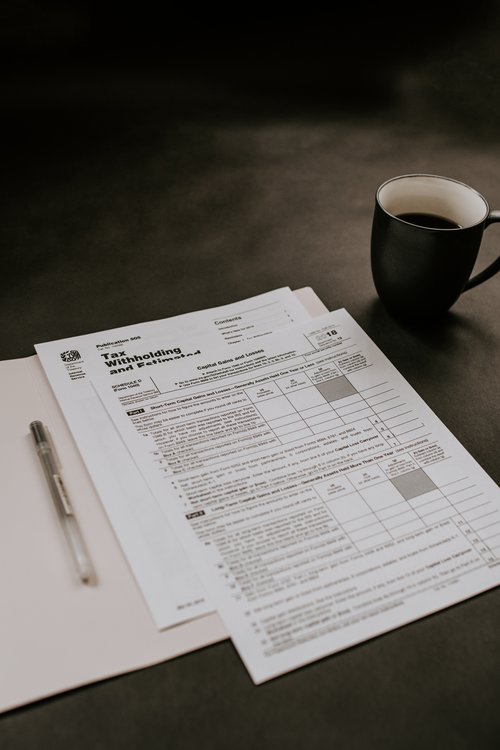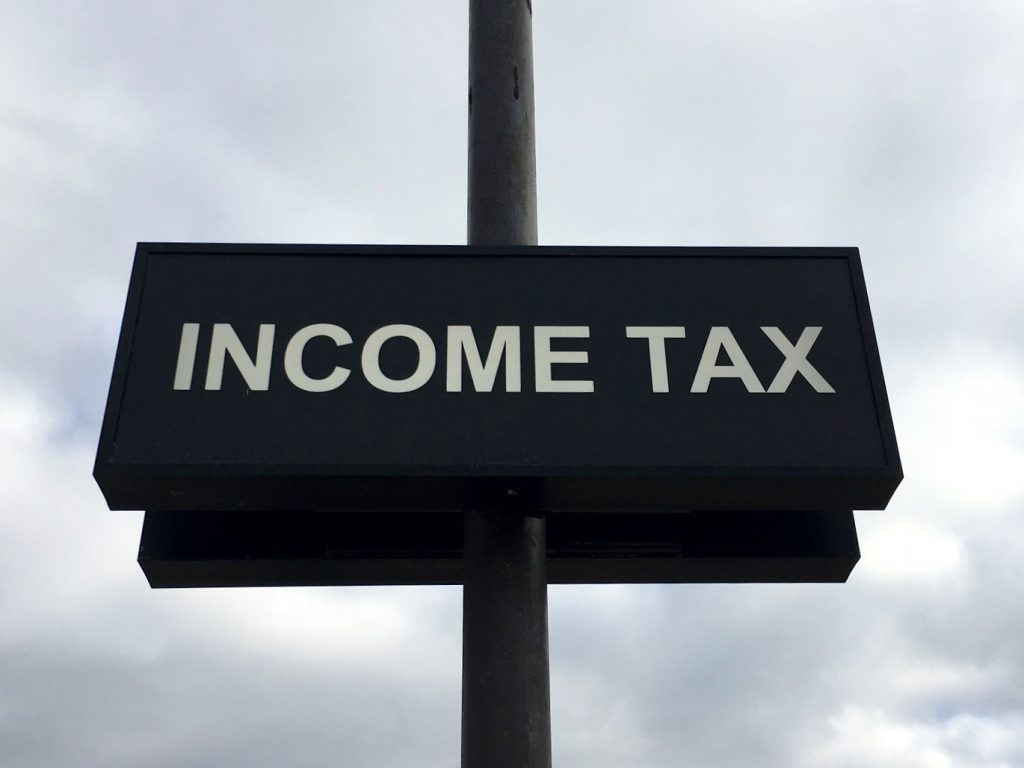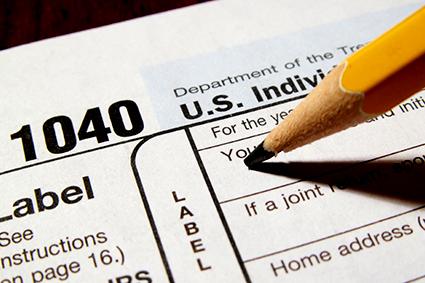Rectification Of Accounting Errors
Financial accounting deals with recording and maintaining every monetary transaction of an organization. However, sometimes, a few entries might be either incorrect or used at the wrong place. In financial accounting, the process of correcting such mistakes is known as Rectification of Errors.
Types of Errors
Two most common types of errors, which are usually occurred at the time of preparation of Financial Statements are discussed below.
Error which Effect only One Account
- Omission of posting of balance in a Trial Balance.
- Error of carried forward of balance.
- Error of casting and posting.
Error which Effect Two or more Accounts
The nature of errors, which occur during the preparation of Financial Statements are −
- Error of posting in wrong account.
- Error of principle.
- Error of omission.

Rectification of Errors not affecting the Trial Balance
These errors affect two or more accounts simultaneously. Thus, these are two-sided errors. We can rectify these by passing a journal entry giving the correct debit and credit to the accounts. In order to rectify an error, we need to cancel the effect of wrong debit or credit by reversing it and restore the effect of correct debit or credit.
When there is short debit or excess credit in an account we need to debit the concerned account. Whereas, when there is short credit or excess debit in an account we need to credit the concerned account.
Complete omission to record an entry in the journal or the subsidiary books, incorrect recording of transactions in the books, complete omission of posting and errors of principle are the examples of these errors.
Rectification of Errors affecting the Trial Balance
These errors affect only one account. Thus, these are one-sided errors. We can rectify these errors by giving an explanatory note in the account or by passing a journal entry with the help of Suspense A/c. When we detect an error before posting to the ledger, we can correct it by simply crossing the wrong amount, writing the correct amount above it and initializing it. Similarly, we can also correct an error in the ledger account.
Errors of casting, errors of carrying forward the balances, errors of balancing the accounts, errors of posting the wrong amount in the correct account, error of posting in the correct account on the wrong side, omitting to show an account in the trial balance, posting in wrong side with wrong amount are the examples of errors affecting the Trial Balance.

Methods of Rectifying Accounting Errors:
- Striking of the Wrong Entry:
Under this method wrong entry is erased or struck out as and when it occurs or noticed. But this method is not advisable because it helps perpetration of fraud. It is also objectionable because it affects the legal value of books of accounts and makes them appear clumsy.
Besides, it is complicated because often correction of one mistake will necessitate erosion in different sets of books. Hence, this method is not adopted.
- Making Appropriate Entries to Correct the Errors:
This method is applicable to Errors of Omission, Commission, or Principle. If the error is of full omission, then the full-omitted entry is passed. If it is of partial omission, the entry left out is made.
If the error is one of commission, rectifications are made either by additional entry or by opposite entry taking into account the nature of the error. This method is scientific and hence preferred one.

Effects of Errors on Financial Statements
Effect of error depends on the nature of effected accounts. If errors relate to nominal account, it will either increase or reduce the profit and rectification will reduce excess profit or Loss. Effect of error on Trading and Profit account ultimately effect the Balance-Sheet of a company too, because reduced profit or excess profit ultimately transferred to capital account, which is a part of the Balance Sheet.
There are some errors, which effect Trading or Profit and Loss account and Balance sheet simultaneously, like entry of depreciation will affect profit as well as value of the Fixed Assets.
Some entry may effect on Balance sheet only like, for instance omission of entry of cash paid to purchase fixed assets will affect Balance Sheet of a firm only.
Rectification of Errors after Preparation of Final Accounts
To remain unaffected Profit or Loss of the current financial year, the errors, which took place in last financial years are adjusted and rotated through a Profit & Loss adjustment account. Balance of this account directly transferred to capital account of firm without affecting the current year profit or loss.
Suspense Account
When the trial balance does not tally due to the one-sided errors in the books, an accountant puts the difference between the debit and credit side of the trial balance on the shorter side as the Suspense A/c. As and when we locate and rectify the errors, the balance in the Suspense A/c reduces and consequently becomes zero. Thus, we cannot categorize the Suspense A/c. It is a temporary account and can have debit or credit balance depending upon the situation.
While using the Suspense A/c to rectify the one-sided errors, the accountant needs to follow the following steps:
- Identification of the account with the error.
- Ascertainment of the excess debit or credit or short debit or credit in the above account.
- In case of short debit or excess credit in an account, we need to debit the concerned account. Whereas, in case of short credit or excess debit in an account we need to credit the concerned account.
- Pass the necessary journal entry by debiting or crediting the Suspense A/c












